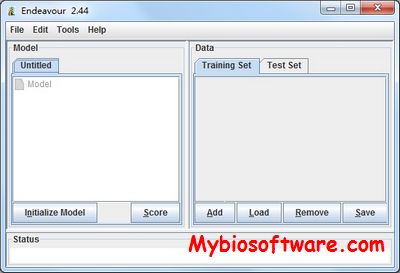Endeavour 3.71
:: DESCRIPTION
Endeavour is a software application for the computational prioritization of candidates genes, based on a set of training genes. It is made up of three stages: training, scoring and fusion. In the first stage, information about the training genes (genes already known to play a role in the process under study) are retrieved from numerous data sources in order to build models. It includes functionnal annotations, protein-protein interactions, regulatory information, expression data, sequence based data and literature mining data. In the second stage, the models are then used to score the candidate genes and to rank them according to their scores. Lastly, the rankings per data source are fused into a global ranking using order statistics. Endeavour is available for human, mouse, rat, fruit fly and worm.
::DEVELOPER
The Bioinformatics Research Group
:: SCREENSHOTS

:: REQUIREMENTS
- Linux / Windows / MacOsX
- Java
:: DOWNLOAD
 Endeavour
Endeavour
:: MORE INFORMATION
Citation
Tranchevent L., Barriot R., Yu S., Van Vooren S., Van Loo P., Coessens B., Aerts S., De Moor B., Moreau Y.,
“ENDEAVOUR update: a web resource for gene prioritization in multiple species“,
Nucl. Acids Res. (2008) 36 (suppl 2): W377-W384.
Aerts S, Vilain S, Hu S, Tranchevent L-C, Barriot R, et al. (2009)
“Integrating large scale bioinformatics and forward genetics in Drosophila“.
PLoS Genet 5(1): e1000351. doi:10.1371/journal.pgen.1000351


